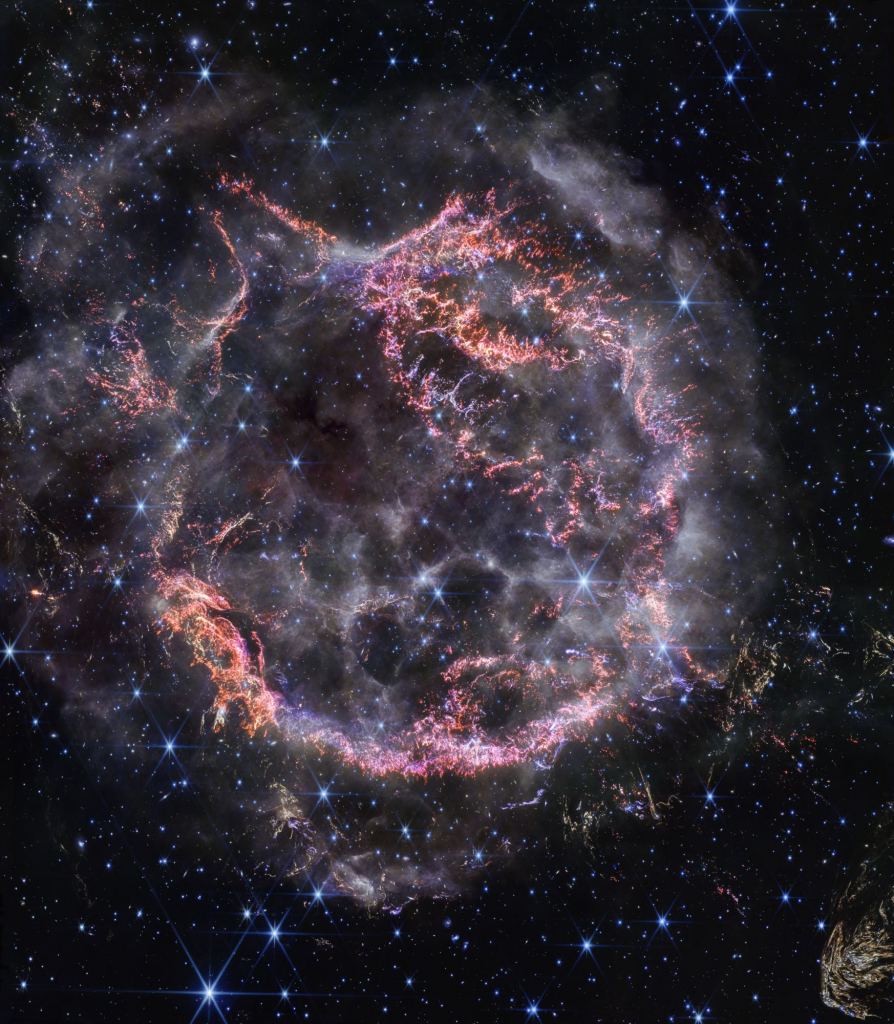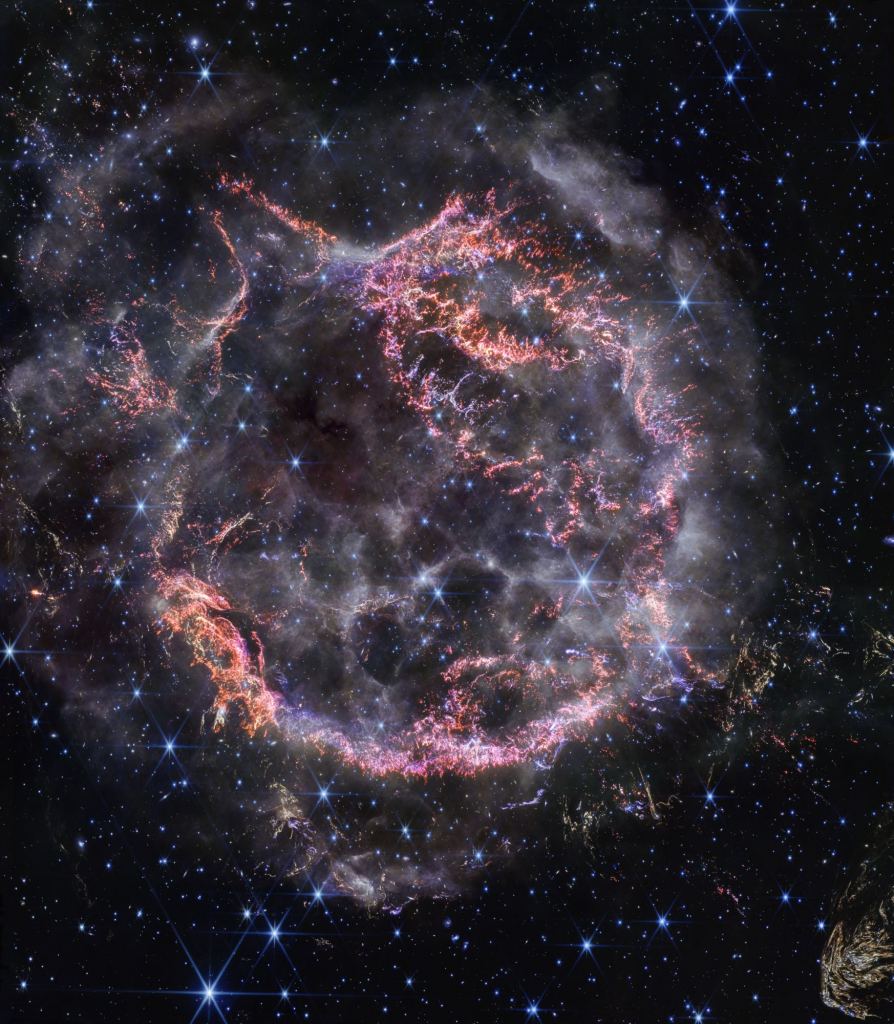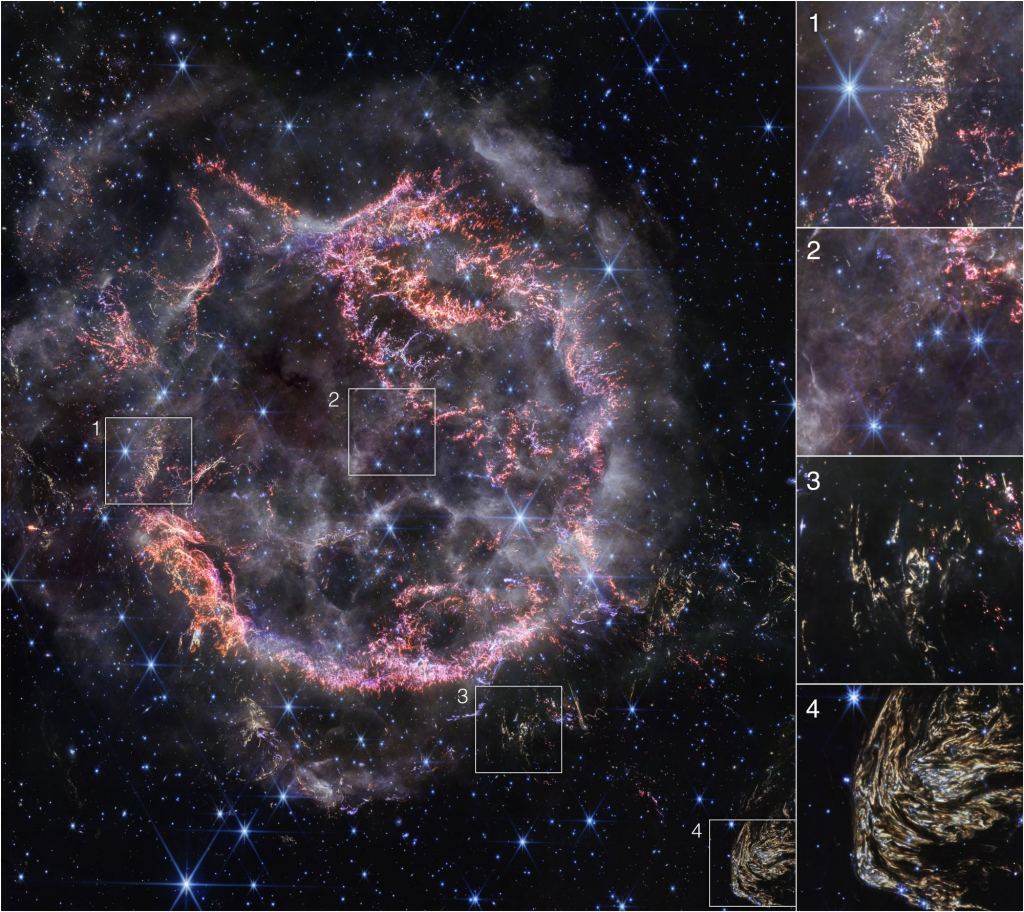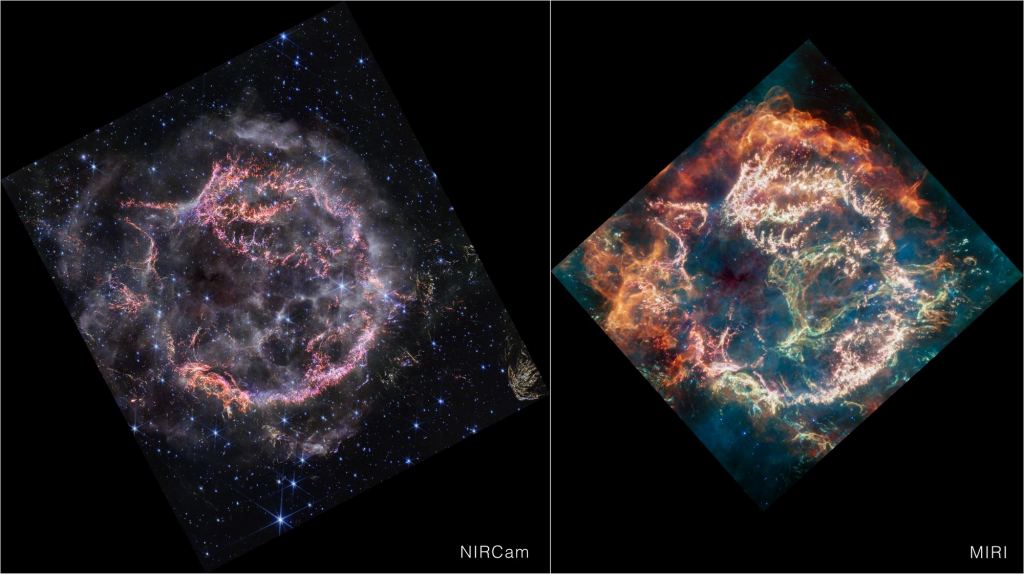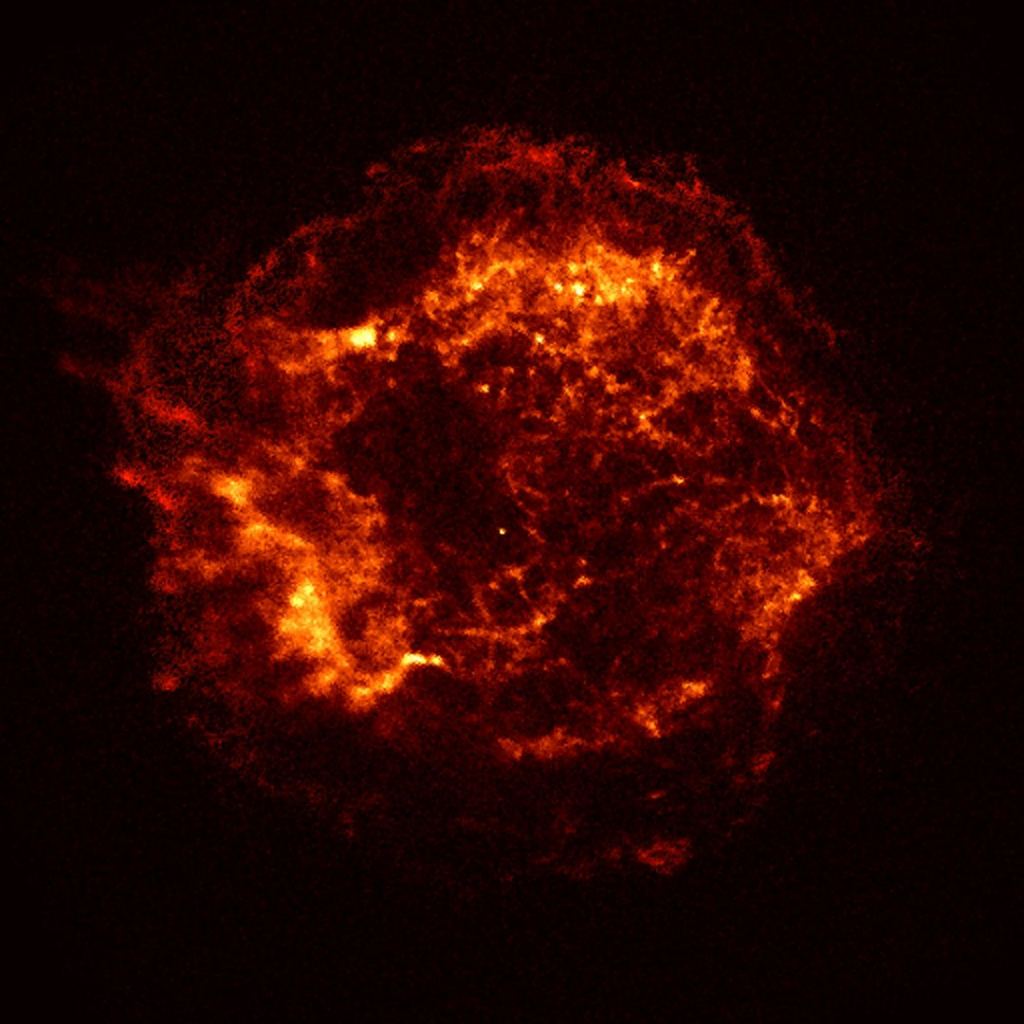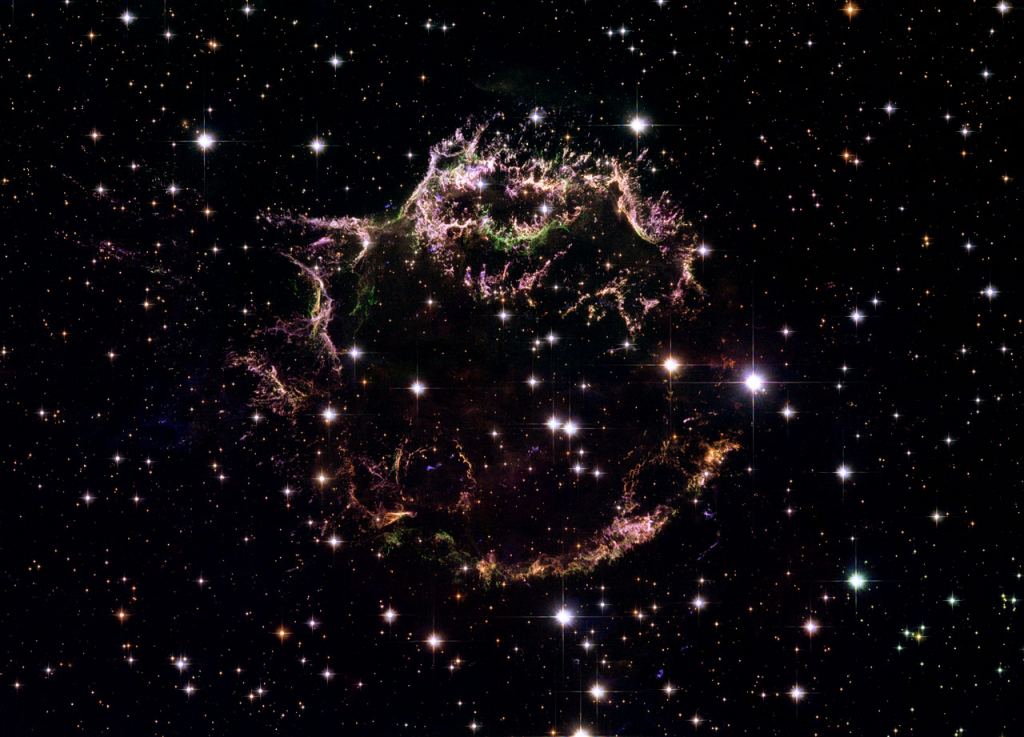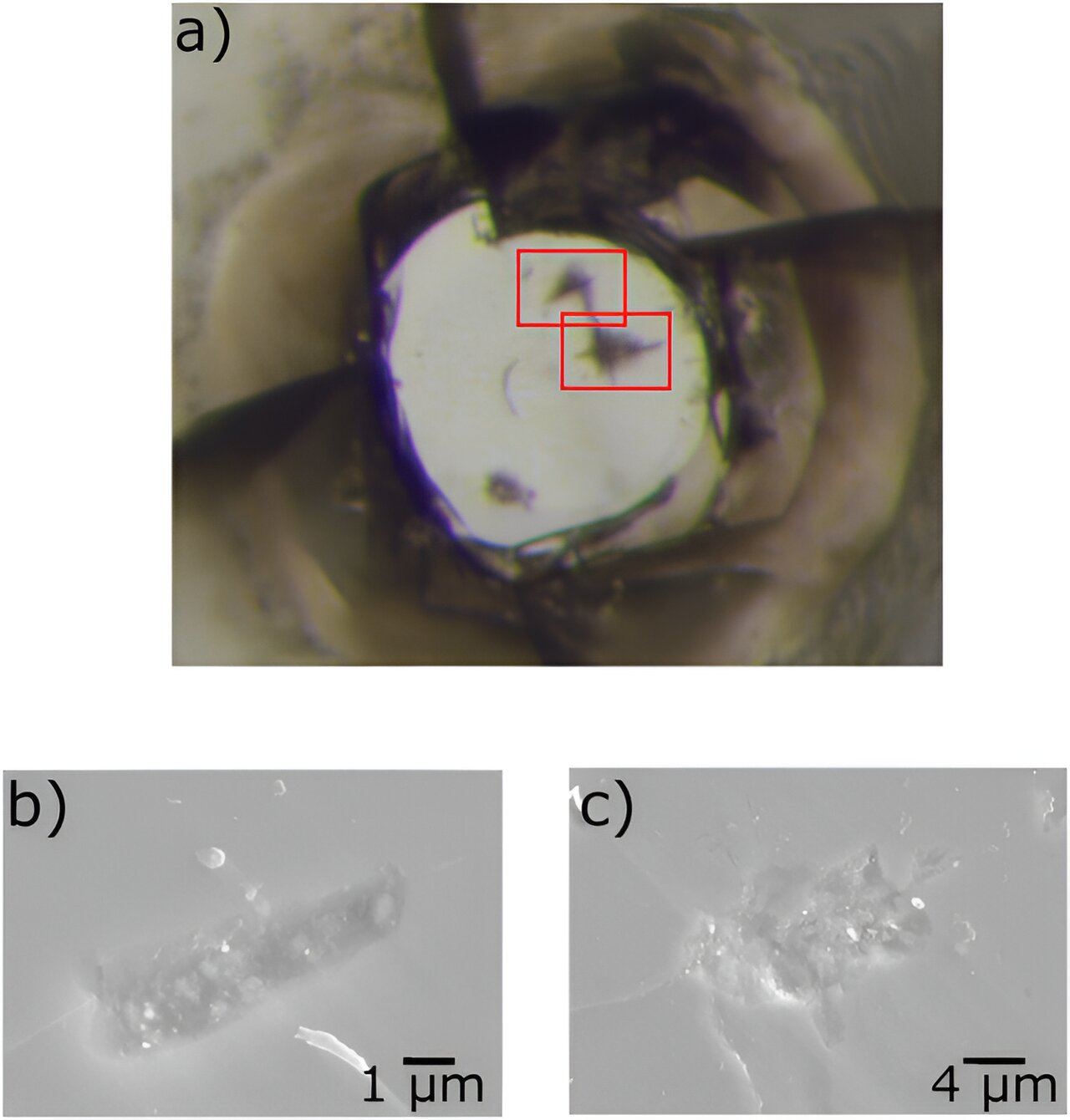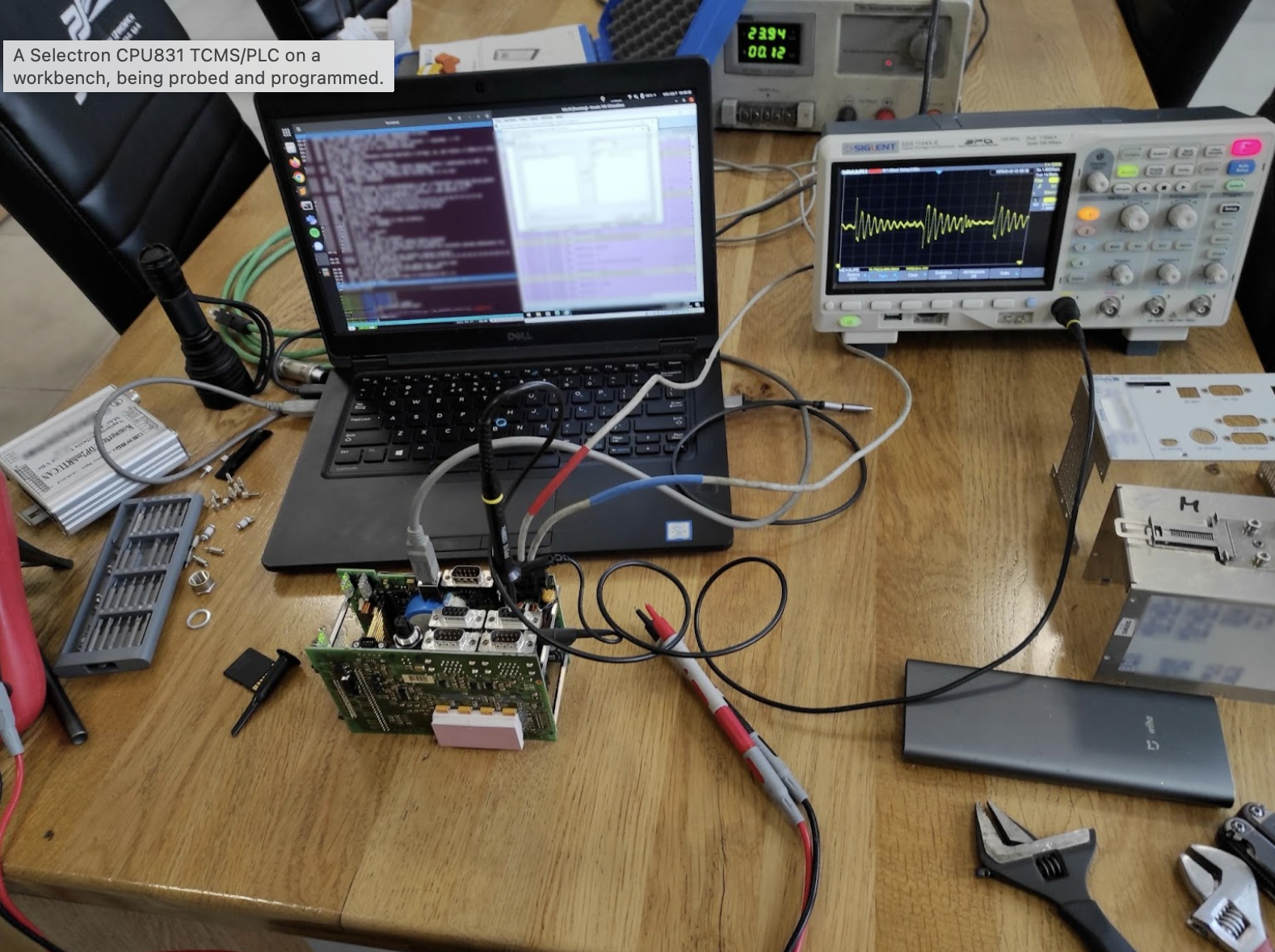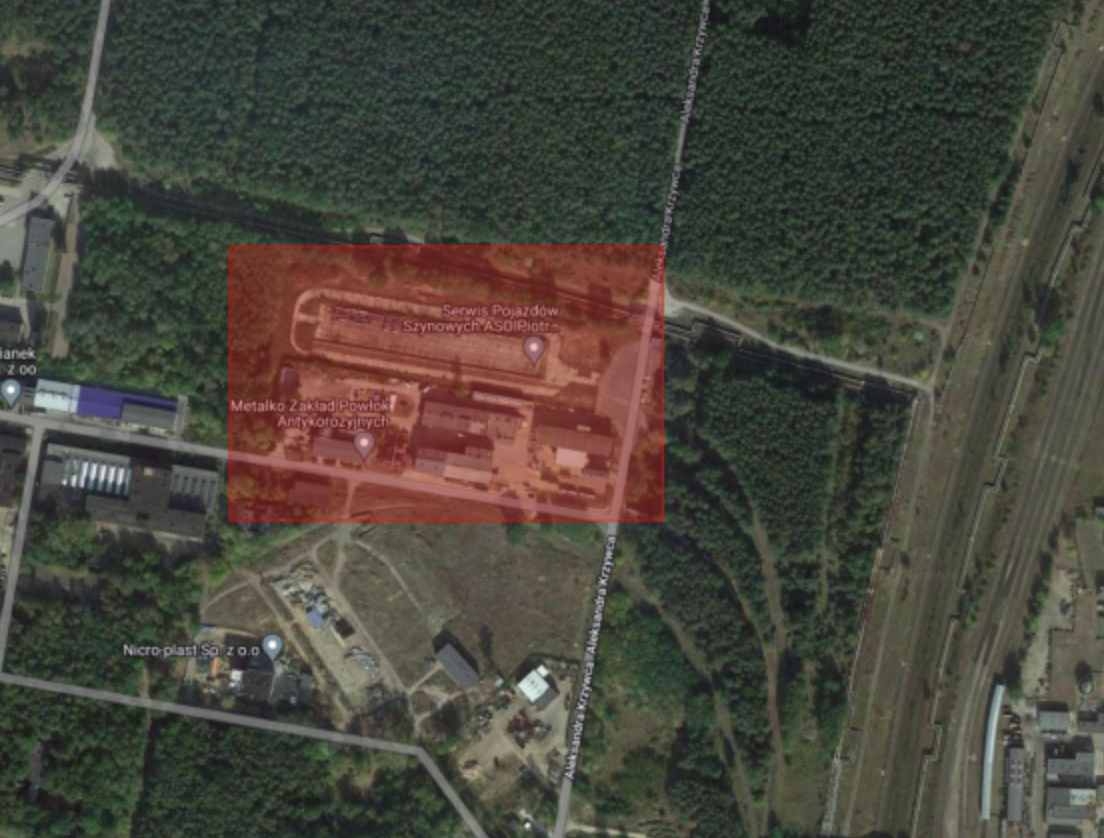In 2018, the European Parliament voted to ban geo-blocking, meaning blocking access to a network based on someone’s location. Geo-blocking systems block or authorise access to content based on where the user is located.
On Wednesday, following a 2020 evaluation by the Commission on the regulation, MEPs advocated for reassessing geo-blocking, taking into account increased demand for online shopping in recent years.
Polish MEP Beata Mazurek from the Conservative group, who was the rapporteur for the file, said ahead of the vote in her speech that “the geo-blocking regulation will remove unjustified barriers for consumers and companies working within the single market”.
“We need to do something when it comes to online payments and stop discrimination on what your nationality happens to be or where you happen to live. When internet purchases are being made, barriers need to be removed. We need to have a complete right to access a better selection of goods and services through Europe,” she said.
While the original text of the regulation banned geo-blocking, due to discrimination, for example, as Mazurek pointed out, a new amendment goes against this, saying this would result in revenue loss and higher prices for consumers.
Audiovisual content
According to Mazurek, fighting price discrimination entails making deliveries easier across borders and making movies, series, and sporting events accessible in one’s native language.
“The Commission should carefully assess the options for updating the current rules and provide the support the audio-visual sector’s needs,” she added.
However, in a last-minute amendment adopted during the plenary vote, MEP Sabine Verheyen, an influential member of the Parliament’s culture committee, completely flipped the wording that applies to the audiovisual sector, such as the streaming of platforms’ films.
According to Verheyen’s amendment, removing geo-blocking in this area “would result in a significant loss of revenue, putting investment in new content at risk, while eroding contractual freedom and reducing cultural diversity in content production, distribution, promotion and exhibition”.
It also emphasises that the inclusion would result “in fewer distribution channels”, and so, ultimately, consumers would have to pay more.
Mazurek said before the vote that while the report deals with audiovisual material, they “would like to see this done in a step-by-step way, bearing in mind the particular circumstances pertaining to the creative sector”.
“We want to look at the position of the interested parties without threatening the way cultural projects are financed. That might be regarded as a revolutionary approach, but we need to look at technological progress and the consumer needs which have changed over the last few years,” the MEP explained.
Yet, Wednesday’s vote on this specific amendment means the opposite as it did in the original regulation, with lawmakers now being against ending geo-blocking for audiovisual material.
Grégoire Polad, Director General of the Association of Commercial Television and Video on Demand Services in Europe (ACT), stressed that the European Parliament and the EU Council of Ministers “have now made it abundantly clear that there is no political support for any present or future inclusion of the audiovisual sector in the scope of the Geo-blocking regulation.”
However, the European Consumer Organisation threw its weight against the carve-out for the audiovisual and creative sectors in the regulation, calling on policymakers to make audiovisual content available across borders.
A Commission spokesperson told Euractiv that they are aware of the “ongoing debate” and “will carefully analyse its content, including proposals related to the audiovisual content”, once it is adopted.
“The Commission engaged in a dialogue with the audiovisual sector aimed at identifying industry-led solutions to improve the availability and cross-border access to audiovisual content across the EU,” the spokesperson explained.
This stakeholder dialogue ended in December 2022, and the Commission will consider its conclusions in the upcoming stocktaking exercise on the Geo-blocking Regulation.
Source: MEPs exclude audiovisual sector in geo-blocking regulation reassessment – EURACTIV.com
Strangely enough this is the one sector that is wholly digital and where geoblocking makes the least sense, as digital goods are moved globally for exactly the same cost, whereas physical goods need different logistics chains, where the last step to the consumer is only a tiny part of that chain. The logistical steps before they get sent from the website mean that geography actually can have a measurable effect on cost.
The movie / TV / digital rights bozo’s definitely have a big lobby on this one, and shows the corruption – or outright stupidity – in the EP. Yes, Sabine Verheyen, you must be one or the other.

